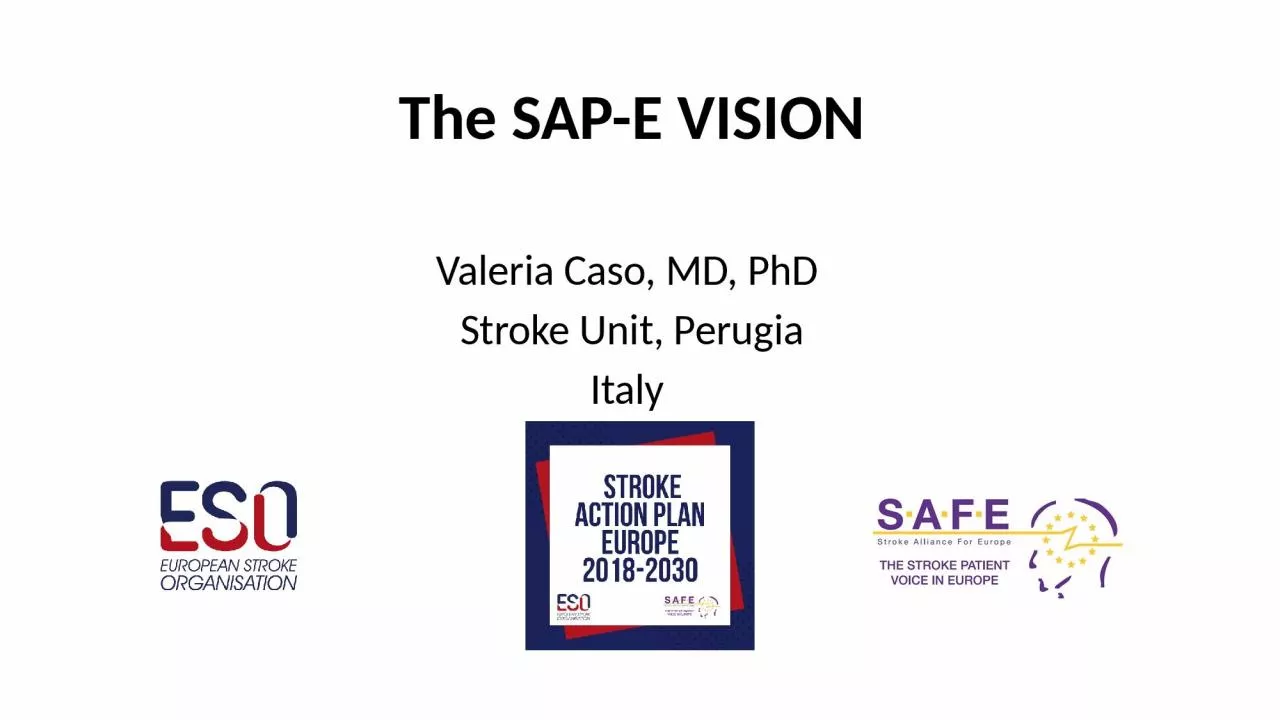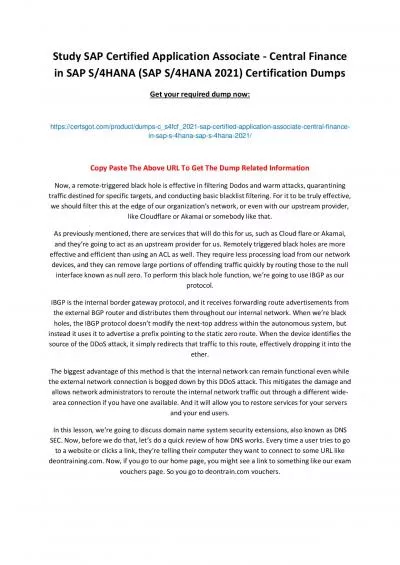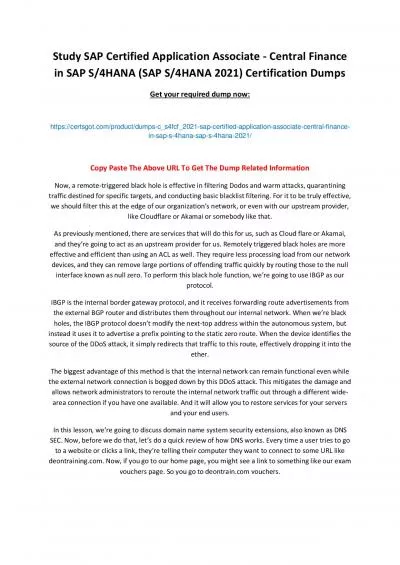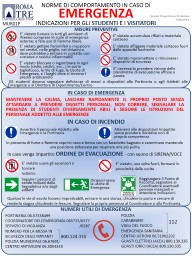PPT-The SAP-E VISION Valeria Caso, MD,
Author : grace3 | Published Date : 2024-01-29
PhD Stroke Unit Perugia Italy Disclosures Stocks None Drug trials lt 5 years SOCRATES BRAINSGATE NAVIGATE ESUS THALES PACIFIC STROKEAF Advisory boards amp
Presentation Embed Code
Download Presentation
Download Presentation The PPT/PDF document "The SAP-E VISION Valeria Caso, MD," is the property of its rightful owner. Permission is granted to download and print the materials on this website for personal, non-commercial use only, and to display it on your personal computer provided you do not modify the materials and that you retain all copyright notices contained in the materials. By downloading content from our website, you accept the terms of this agreement.
The SAP-E VISION Valeria Caso, MD,: Transcript
Download Rules Of Document
"The SAP-E VISION Valeria Caso, MD,"The content belongs to its owner. You may download and print it for personal use, without modification, and keep all copyright notices. By downloading, you agree to these terms.
Related Documents














